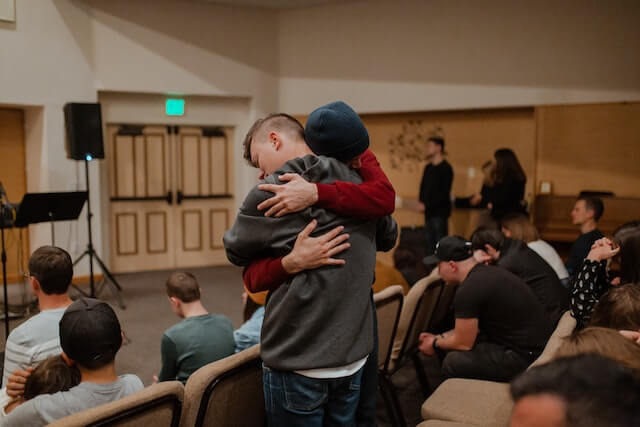Acceptance is the very first task in your bereavement. Dr. James Worden writes that we must "come full face with the reality that the person is dead, that the person is gone and will not return."
This is where a funeral can be very important. Traditionally, the casketed body of the deceased is at the front of the room and guests are invited to step up to personally say their goodbyes. Part of stepping up means seeing with our own eyes that death has actually occurred and that actualizing is an essential part of coming to accept the death. Yet, the tradition of viewing has eroded over time with many families today choosing cremation and opting to hold a memorial service after the cremation has taken place. The focal point of the ceremony becomes the cremation urn, holding the cremated remains or ashes out-of-sight and making the reality of the death less evident and the road to acceptance less clearly marked.





